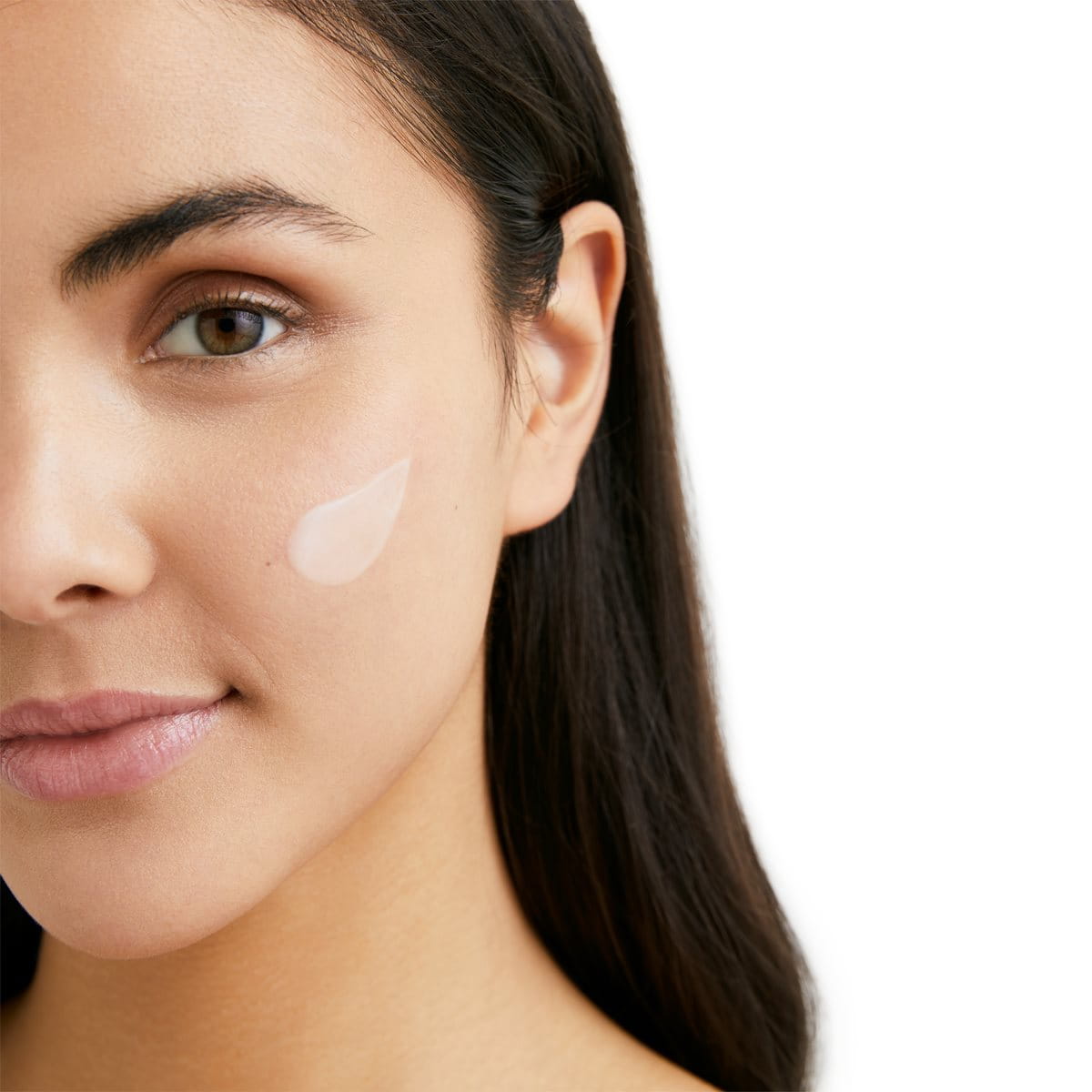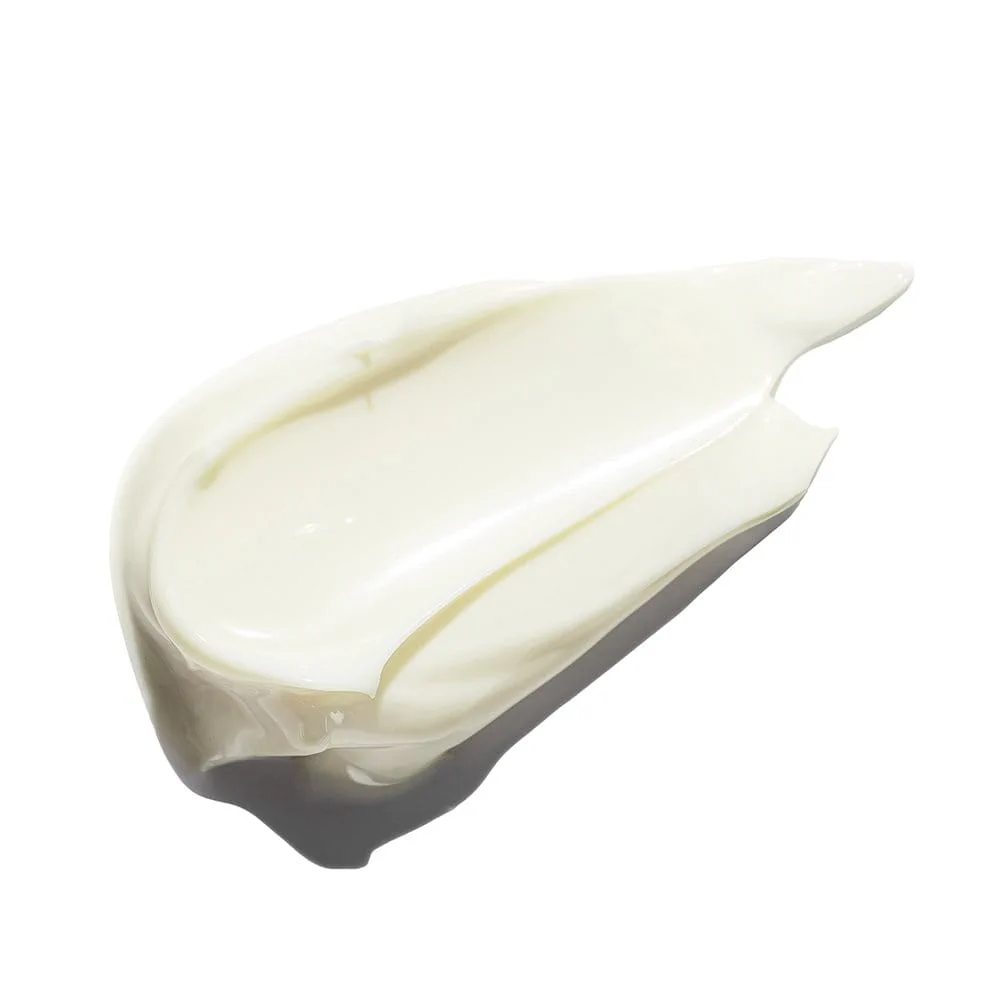We take responsibility. For your skin. And our planet.



Decandiol, Licochalcone A, UVA/UVB Filter
Learn MoreWe take responsibility. For your skin. And our planet.
About
Read more about our product
How to Use
Step-by-step guide for {product name}
Cleanse skin in the morning and evening: am: to remove the sebum and dead skin cells that have accumulated overnight pm: to remove make-up and free skin from the day’s dirt Use gentle cleansing products such as Eucerin DERMOPURE Cleansing Gel with lukewarm water and follow with an appropriate toner. You may also benefit from using a scrub once a week to unclog pores and refine skin texture. We do not recommend using an alcohol-based toner and the scrub alongside acne medication as it can make skin more sensitive. If you like the refreshing feel of a toner, try the alcohol-free Eucerin DERMOPURE Micellar Water instead.
The care product you use depends on the severity of your acne and on the type of treatment you are undergoing. If you are using medical treatment for acne, Eucerin DERMOPURE Adjunctive Soothing Cream helps to alleviate some of the symptoms such as intense dryness. It should be applied five minutes after your medication so the treatment can absorb fully. If you have mild to moderate acne, but are not undergoing medical acne treatment, use a soothing and mattifying moisturiser such as Eucerin DERMOPURE Mattifying Fluid in the morning and evening. For clearer and smoother-looking skin over time, you may also like to incorporate our skin renewal treatment into your routine. It is suitable for all blemish-prone skin that is not undergoing medical acne treatment and should be used once a day only − ideally in the evening. You can use it before the mattifying fluid or on its own. If you have blemish-prone skin with post-acne marks you can also use the Eucerin DermoPure Triple Effect Serum and Protective Fluid SPF 30 to reduce post-acne marks and protect them from appearing.
Sun protection is an important step in your morning routine. Blemishes can cause pigmentation issues if over-exposed to the sun, and acne medications can make blemish-prone skin even more sensitive to UV rays. Eucerin Sun Gel-Creme Oil Control Dry Touch SPF30 and SPF50+ offers the levels of protection that your skin needs and should be applied before your cover-up and make-up. If you’re applying sun protection after a topical acne treatment wait five minutes to allow the treatment to fully absorb.
Cover blemishes and even out skin tone with foundation and/or a concealer. Choose products that are non-comedogenic (i.e. that will not block pores) and, ideally, ones that contain ingredients that work to improve the condition of blemish-prone skin. Be sure to remove all make-up before you go to bed.
Main findings
Ingredients
We choose all our ingredients with great care and never compromise on quality. Learn more about the key ingredients of this product.
The ingredients in our brand products are updated regularly. For this reason, occasionally there may be discrepancies between the ingredients on our website and on our product packaging. We therefore recommend that you always pay attention to the information on our product packaging and check the ingredients listed there.
Decanediol shows antibacterial efficacy against a broad spectrum of microbes, in particular against Cutibacterium acnes.
Licochalcone A is a powerful antioxidant, anti-inflammatory and skin-soothing ingredient. It is derived from the root of the Chinese Licorice plant (Glycyrrhiza Inflata) which uses natural compounds to protect its cells from excessive sunlight. When used in skincare products, Licochalcone A works to reduce inflammation and neutralises free radicals that negatively influence skin cells and accelerate the aging process. It helps to protect the deeper epidermal skin layers from sun-induced effects.
What are post-acne marks (post-inflammatory hyperpigmentation or PIH for short)?
PIH is a type of hyperpigmentation of the skin that is mainly triggered by the way skin regenerates after inflammation. It can affect the face and body, typically especially UV-exposed areas, and appears as flat spots of hypercoloration. These range in color from pink to red, brown or black, depending on skin tone and the depth of hypercoloration. The root cause is increased melanin production, the pigment that defines the color of a person’s skin, which is stimulated by inflammatory factors. The blemish triggers melanocytes – the melanin-producing cells – to release excessive melanosomes (pigment granules). The excessive pigment granules darken and discolor the formerly stressed area. Once initial blemishes have subsided, spots of hypercoloration, so-called post-acne marks, can remain.
Additionally, sun exposure can aggravate PIH symptoms, darkening the affected patches and prolonging the time it takes for them to fade. Most acne-related PIH will eventually fade over time, but it can take several years or even a decade until it is fully gone*.
*Abad-Casintahan, F. et al., “Frequency and Characteristics of Acne-Related Post-Inflammatory Hyperpigmentation.” J Dermatol. 2016; 43:826–828.
Who is affected by post-acne marks?
Post-inflammatory hyperpigmentation is common among many acne sufferers since a root cause for acne is inflammation. Those post-acne marks left behind after blemishes heal can be even more aggravating and emotionally distressing than acne itself. Men and women are equally susceptible, and all skin types can get post-inflammatory hyperpigmentation, although it is more prevalent in darker tones of skin, with over 65% of the Black Americans experiencing it, followed by 53% of Hispanics, 47% of Asians and 25% of Caucasians*. This means that we need effective and tolerable skincare fighting both blemishes and post-inflammatory hyperpigmentation for consumers all over the world.
*Kaufman et al., Am J Clin Dermatol. 2018; 19:489–503, Perkins et al., JEADV. 2011; 25(9):1054–1060.
How can post-acne marks be prevented?
PIH is mainly triggered by the way skin regenerates after an inflammation. To prevent it, though there are no guarantees, avoid picking at or pressing your pimples. The best prevention is, however, to target acne-related PIH at the root, meaning preventing blemishes from appearing and getting inflamed. Use a mild but effective cleanser and use light, non-comedogenic skincare with anti-inflammatory ingredients, like licochalcone A and keratolytic salicylic acid, which are used in our Eucerin® Dermopure Triple Effect Serum to prevent pores from clogging.
Additionally, sun exposure can aggravate PIH symptoms, so we recommend sun protection. Limit the time you spend in the sun and keep out of the sun during its most intense hours. Wear protective clothing and sun hats whenever possible and apply a sun protection factor of at least 30, to protect marks from darkening and help prevent new marks from appearing by using specialized skincare like Eucerin® Dermopure Protective Fluid SPF 30.
What makes the DermoPure Protective Fluid SPF 30 so effective on blemish-prone skin with post-acne marks?
With a high sun protection factor (SPF) of 30 plus UVA, it effectively protects from harmful ultraviolet rays, which contribute to darkening of post-acne marks and prolonging the time for them to fade. In addition, it contains antibacterial decanediol, which helps to prevent blemishes, and licochalcone A to soothe irritation. It also contains sebum-regulating technology to leave the skin with a long-lasting matte and non-shiny look.
What is the benefit of using both DermoPure post-acne marks products together?
The products have enhanced efficacy when used in combination. This is one of the findings of our product-in-use study, among other user responses. In an eight-week study, three groups of 100 volunteers each tested the products: one group used Eucerin® Dermopure Triple Effect Serum alone, one group used Eucerin® Dermopure Protective Fluid SPF 30 alone, while the third group used a regimen of the two products in combination.
After eight weeks, the scores for the regimen cell were the strongest – after regular usage twice daily, volunteers even agreed that it has the highest efficacy of any solution they’ve ever tried* In fact, 95% of users say the combination finally beats their post-acne marks*.
*Product in use study with 100 volunteers, eight weeks of regular usage twice daily.
Read related articles


